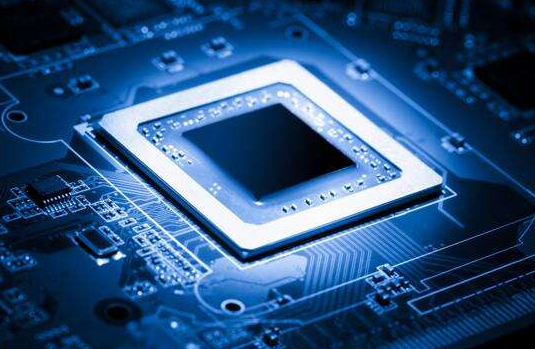What happens to the abandonment of simulation technology?
"Do not simulate, don't simulate!" This sentence echoed in a medium-sized electronic repair shop in New York. When I brought the old analog open-ended multi-channel recorder and presented the cover of the service manual to the owner, he said. In an era surrounded by today's digital consumer electronics, shopkeepers certainly don't want to be related to the old technology of open tape recorders. So it's no surprise that this is the case: the consumer electronics world has almost abandoned analog technology.
Many people in the RF/microwave field say, “This situation won't happen here.†For many years, analog electronics have been the foundation of many systems and components. In fact, radar, surveillance receivers and electronic warfare platforms rely heavily on analog and analog components. Most RF/microwave transceivers require high power amplifiers, which are not a replacement for digital products.

However, the signs of "digital dominance" also exist in many RF/microwave technologies, just as digital technology began to dominate in the consumer electronics arena. In the consumer/professional audio world, most audio engineers cannot predict when analog recording media will become history, and almost all audio and recording are inseparable from analog-to-digital converters (ADCs). Of course, the frequency of using analog technology in the RF/microwave field is different, but the speed of the ADC is getting faster and faster. ADC product suppliers are steadfast in their efforts to add converter products to the receiver's signal chain, similarly adding digital-to-analog converters (DACs) to the repeater signal chain.
These developments will not be denied. Most RF/microwave systems must communicate with digital systems, while the digital content of RF/microwave systems is growing, and systems provide direct performance error correction methods, such as in radar controllers, cellular base stations, and even simple PCs.
At present, it seems that many analog RF/microwave components cannot be replaced by digital devices (at least without stable alternatives). The receiver's low noise amplifier (LNA) helps the system set sensitivity when dealing with weak signals, and the transceiver's power amplifier determines the final range of the system.
What would be the role of digital technology in the RF/microwave field as it does in consumer electronics? Commercial analog radios, wireless phones are rare, and the chances of throwing away are much greater than the chances of being repaired. Military electronics customers still rely on a large number of "old" systems, in which analog electronics are less likely to be replaced. When customers need to repair these systems, can customers find alternative parts? They are likely to encounter the same unfortunate repetition: "Don't simulate!"
JUUL VAPE PEN, Wholesale Juul , Juul manufacture
Shenzhen Xcool Vapor Technology Co.,Ltd , https://www.szxcoolvape.com